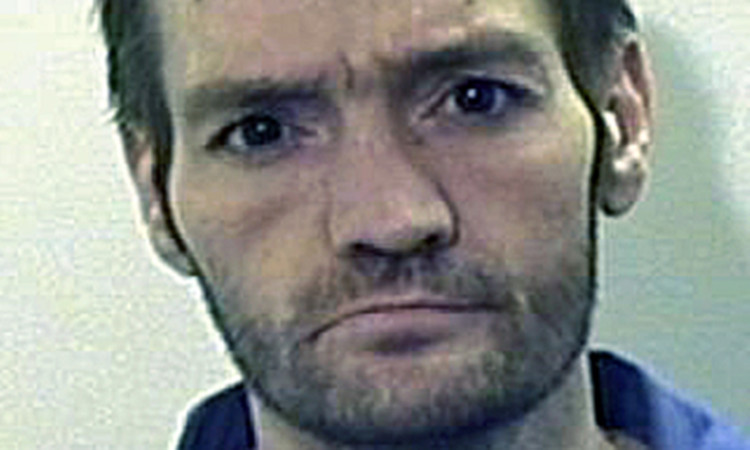Police failed to adequately respond to two calls about an inebriated driver who later went on to seriously injure a pedestrian in Angus, the police complaints commissioner has found.
Police Scotland’s Tayside division received two calls from a member of the public on June 1 about a man on the road in Forfar who was thought to be unfit to drive.
A few hours after the calls the driver struck a 33-year-old Elaine Thomson, who sustained serious injuries after being knocked over a wall.
Shawn Kenny was later arrested and convicted of driving under the influence of drink or drugs, and the officers involved were referred to complaints watchdog the Police Investigations & Review Commissioner (PIRC).
PIRC investigators examined police command and control systems, control room recordings, radio traffic, intelligence systems and obtained statements from police and members of the public.
They found that police failed to gather enough information or circulate the correct information about the man, and did not conduct proper intelligence checks.
The PIRC report states: “Prior to the crash, officers of Police Scotland had on two separate occasions been provided with information by a member of the public regarding the fitness of the man to drive.
“The Commissioner, Professor John McNeill, states that officers did not obtain enough information and did not circulate correct information.
“Furthermore the officers, all from Tayside division, did not carry out intelligence checks on the national police Scottish Intelligence Database that would have provided information that may have helped them stop and arrest the driver before the later serious road accident.
“The investigation by PIRC staff also revealed that staff were accessing an old intelligence system that includes out-of-date information.”
Prof McNeill said: “My investigation has revealed a number of areas of concern in relation to how Police Scotland handled this incident.
“There are clearly lessons to be learned by individual officers but there are wider issues that should be addressed specifically in relation to the use of out-of-date intelligence systems by Tayside division.”
For more on this story see Tuesday’s Courier or try our digital edition.
